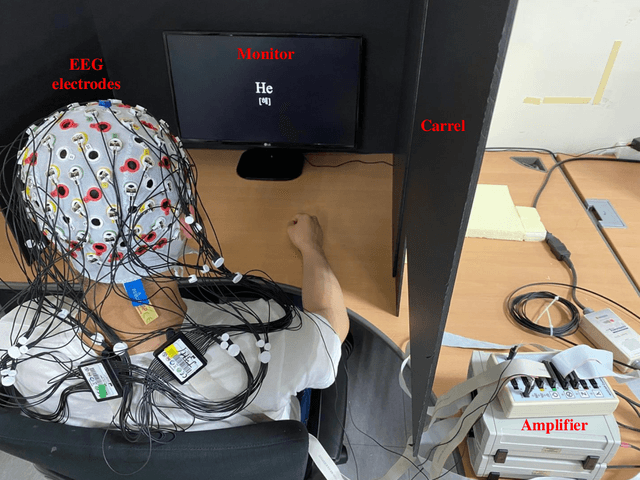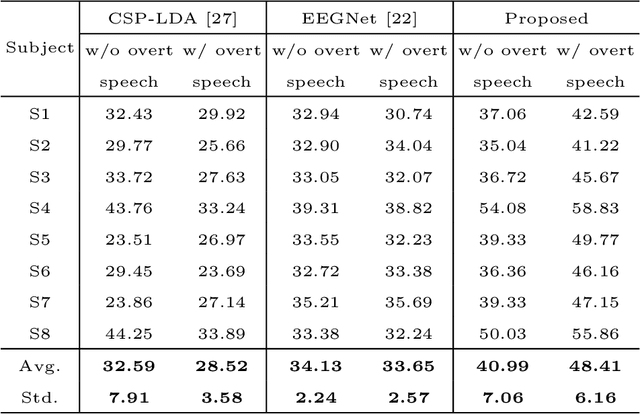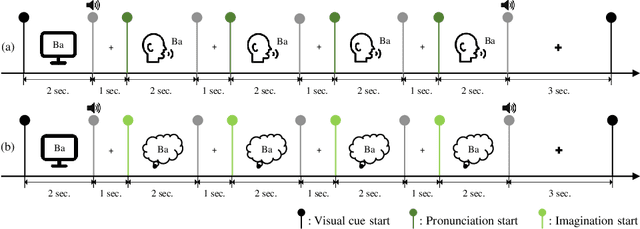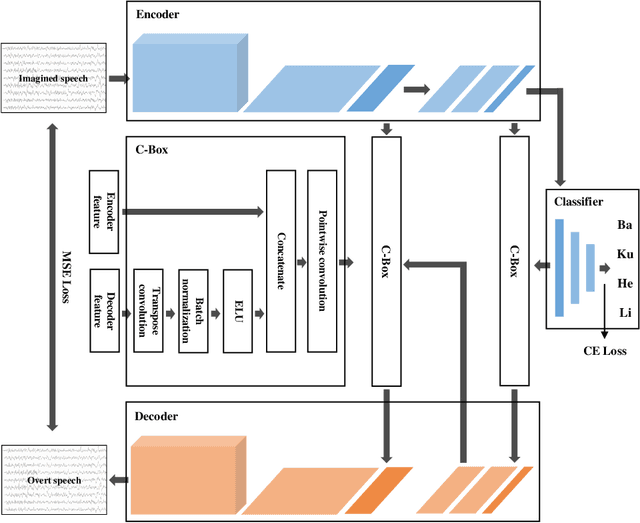DAL: Feature Learning from Overt Speech to Decode Imagined Speech-based EEG Signals with Convolutional Autoencoder
Paper and Code
Jul 15, 2021



Brain-computer interface (BCI) is one of the tools which enables the communication between humans and devices by reflecting intention and status of humans. With the development of artificial intelligence, the interest in communication between humans and drones using electroencephalogram (EEG) is increased. Especially, in the case of controlling drone swarms such as direction or formation, there are many advantages compared with controlling a drone unit. Imagined speech is one of the endogenous BCI paradigms, which can identify intentions of users. When conducting imagined speech, the users imagine the pronunciation as if actually speaking. In contrast, overt speech is a task in which the users directly pronounce the words. When controlling drone swarms using imagined speech, complex commands can be delivered more intuitively, but decoding performance is lower than that of other endogenous BCI paradigms. We proposed the Deep-autoleaner (DAL) to learn EEG features of overt speech for imagined speech-based EEG signals classification. To the best of our knowledge, this study is the first attempt to use EEG features of overt speech to decode imagined speech-based EEG signals with an autoencoder. A total of eight subjects participated in the experiment. When classifying four words, the average accuracy of the DAL was 48.41%. In addition, when comparing the performance between w/o and w/ EEG features of overt speech, there was a performance improvement of 7.42% when including EEG features of overt speech. Hence, we demonstrated that EEG features of overt speech could improve the decoding performance of imagined speech.
 Add to Chrome
Add to Chrome Add to Firefox
Add to Firefox Add to Edge
Add to Edge